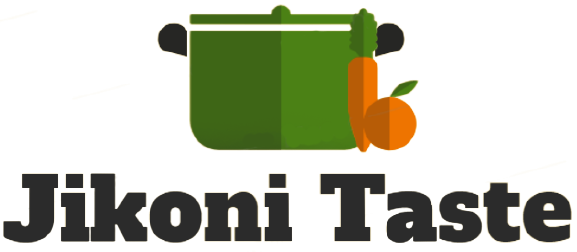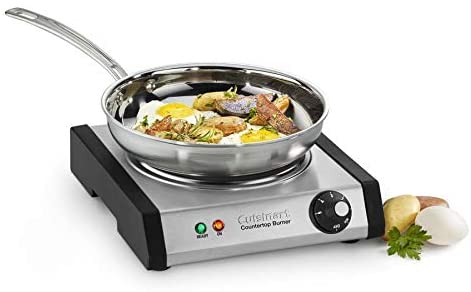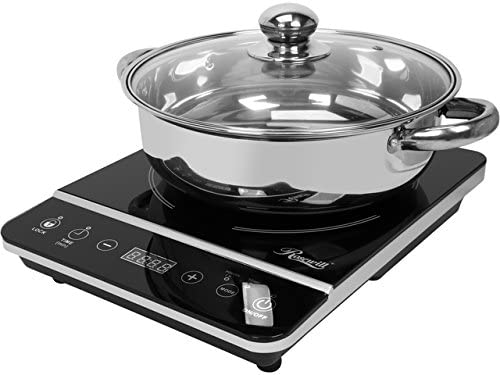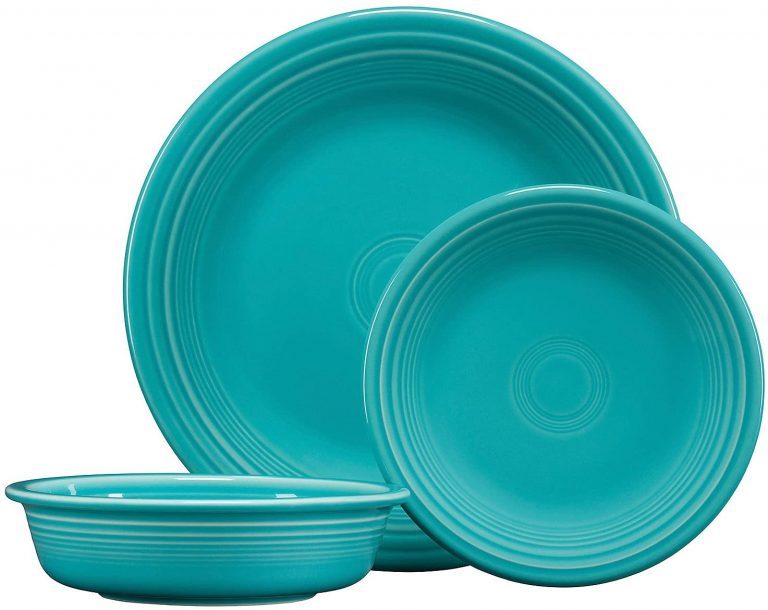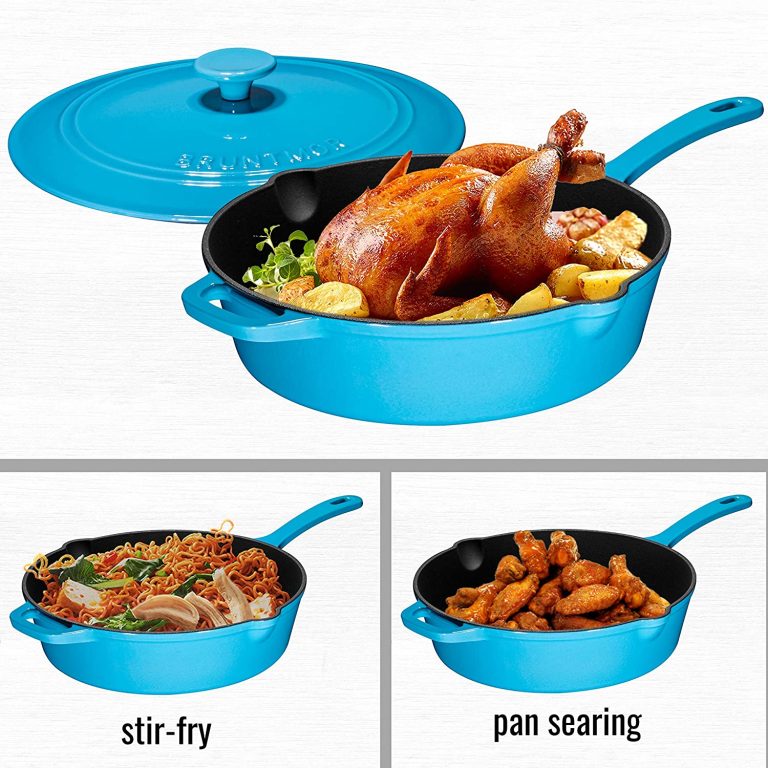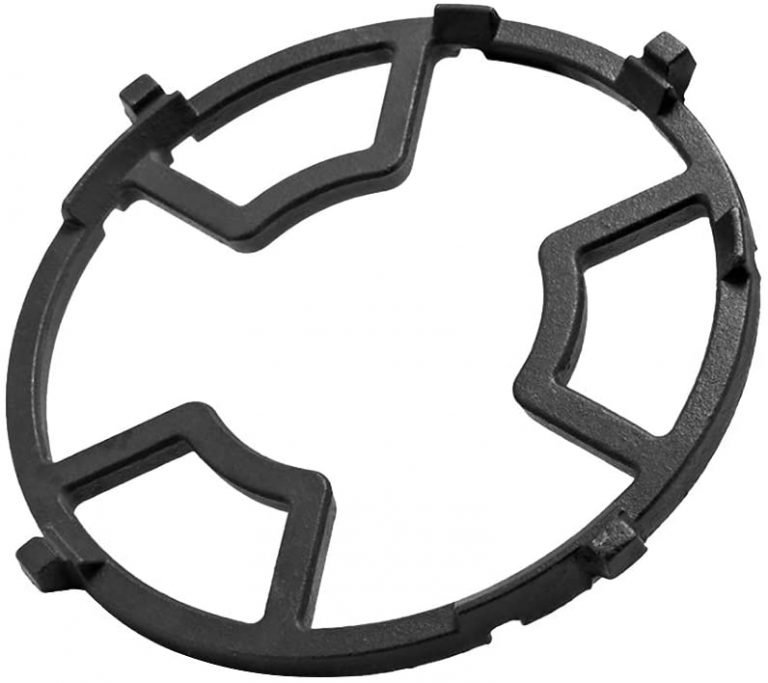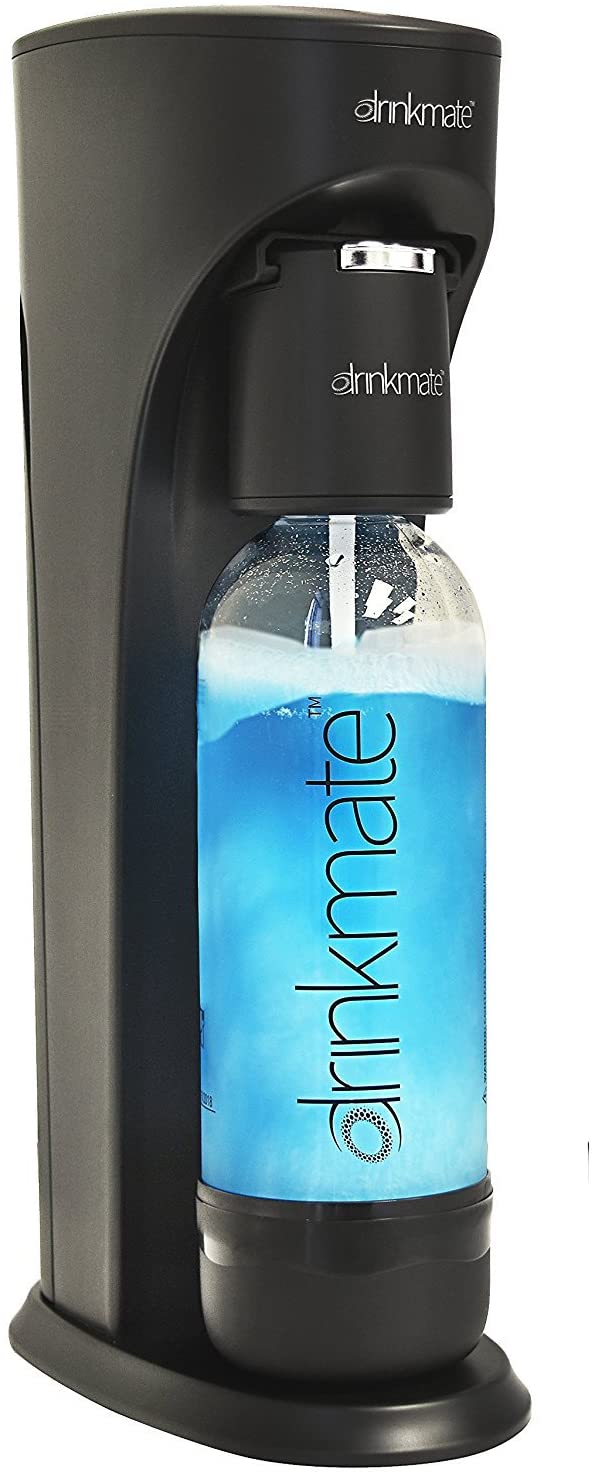How to Tell if Cookware is Induction Ready?
If the cookware is induction ready, the inside surface of the cookware will look black with no obvious metallic patterns.
The cookware will heat evenly and cook foods faster than traditional methods when using induction cooking.
This post will show you exactly how to tell if your cookware is induction ready.
You can determine the induction cooking capability of any cookware by observing it under the induction hood.
Table of Contents
What is Induction Cooking?
Induction cooking is a type of cooking that uses an electromagnetic field to heat food.
It is different from other cooking methods, such as gas or electric, because it heats the food directly rather than heating the air around the food.
Induction cooking is faster and more efficient than other cooking methods, and it can also be used to cook at lower temperatures, which can help preserve food.
Induction cookers work by generating an electromagnetic field that produces heat when it comes into contact with a metal pot or pan.
The heat is then transferred to the food in the pot or pan, cooking quickly and evenly.
Induction cookers are becoming increasingly popular in homes and restaurants as they offer a fast, efficient way to cook food.
What are the Benefits of Induction Cooking?
Induction cooking is a type of cooking that uses electromagnetic induction to heat the cookware.
Induction cooktops create a magnetic field that transfers energy directly to the cookware, heats up and cooks the food.
Here are the primary benefits of induction cooking:
Efficiency
Induction cooking is very efficient because it heats the pan directly instead of heating the air around the pan. This means that less heat is lost, and therefore less energy is used.
Hence, they also help with saving money on electricity bills.
Temperature Control
Induction cooktops are very responsive, so you can quickly adjust the heat as needed.
This makes them perfect for cooking delicate dishes that require precise temperature control.
Optimal Safety
Induction cooking is very safe because the cooktops stay cool to the touch, making them safer to use than other types of cooktops.
Faster Meals
Since induction cooktops don’t heat the surrounding air and directly focus on the pans, the meals are prepared quickly.
Easy to Clean
Due to their flat surface, induction cooktops are easy to clean.
All the above benefits make induction cooktops an excellent option for all your needs.
Overall, induction cooktops are great for those who want to save energy and create delicious meals.
What Makes a Cookware Induction-Ready?
For induction to work on your cookware, there must be a strong magnetic field at the base of your induction cooker.
If there is not enough magnetic field, the cooker will not work. The cooker creates a magnetic field from its base up to the top.
This magnetic field is strong enough to cook on the bottom of your cookware, even if you do not have an induction cooktop.
Most aluminum, copper, and glass cookware will not work with an induction stove.
The best options for induction cooking are cast iron, enameled steel, or stainless steel cookware.
These materials are compatible with induction cooktops, but they also conduct heat well, ensuring evenly cooked food.
3 Easy Peazy Ways to Check if a Cookware is Induction Ready
As explained, cookware is induction ready if it can have a strong magnetic field. But how would you check if the cookware has that?
There are many ways to do this. Here are the 3 standard ways to tell if cookware is induction ready.
Magnet Test
If you’re not sure whether your cookware is induction-ready, the best way to test it is with a magnet.
Induction cooktops use an electromagnetic field to generate heat, so cookware that contains iron or other magnetic materials will work with induction.
To test your cookware, simply hold a strong magnet up to the base. If the magnet sticks, then your cookware is induction-ready.
If not, then you’ll need to use another type of stovetop. Keep in mind that even if your cookware is induction-ready, it may not work as well on an induction cooktop as it would on a traditional stove.
Cookware with a smooth, flat bottom works best on induction. So if you’re thinking of buying new cookware, be sure to check for the induction-ready symbol.
Water Test
If you’re not sure if your cookware is induction ready, there’s a quick and easy way to test it.
First, find a pot or pan that you think might work with your induction cooker. Then, fill it with water and turn the burner on to the highest setting.
Place a metal object, like a paperclip, into the water. If the water starts boiling within 30 seconds, your cookware is induction ready.
If not, then it’s not compatible with induction cookers. Keep in mind that this test only works with metal cookware.
If you’re not sure what kind of material your cookware is made from, it’s best to err on caution and assume that it’s not compatible with induction cookers.
“Induction Compatible” Sign
If you’re considering purchasing a new cookware set and want to ensure it’s compatible with your induction stove, there are a few things to look for.
First, check for an induction-compatible symbol or logo. This is typically a circle with a Waves symbol inside of it. You’ll usually find this on the bottom of the cookware or the packaging.
Second, see if the cookware is made from a ferromagnetic material. If it is, it will likely work with your stove.
Finally, consult your stove’s manual or contact the manufacturer to double-check that the cookware you’re considering is compatible.
What are the Best Pans for Induction Cooking?
When it comes to induction cooking, the type of pan you use is just as crucial as the cooker itself.
Not all pans are compatible with induction hobs, so it’s essential to choose carefully.
The best pans for induction cooking are ferrous metals, such as cast iron or stainless steel.
These materials are highly conductive, which means they transfer heat quickly and evenly. In addition, they are durable and warp-resistant, making them ideal for long-term use.
If you’re looking for the perfect pan for your induction cooker, choose one made from ferrous metal.
Conclusion
Whether you’re in the market for new cookware or are just curious about induction cooking, it’s essential to understand how induction works and what you need to look for when buying cookware.
With these three easy peasy ways to check if cookware is induction ready, you can confidently shop for your following pots and pans.

Foodie and a passionate cook, I am here to share all of what I know about cooking, kitchen, and food prepping.
Follow me for delicious and healthy recipes.
